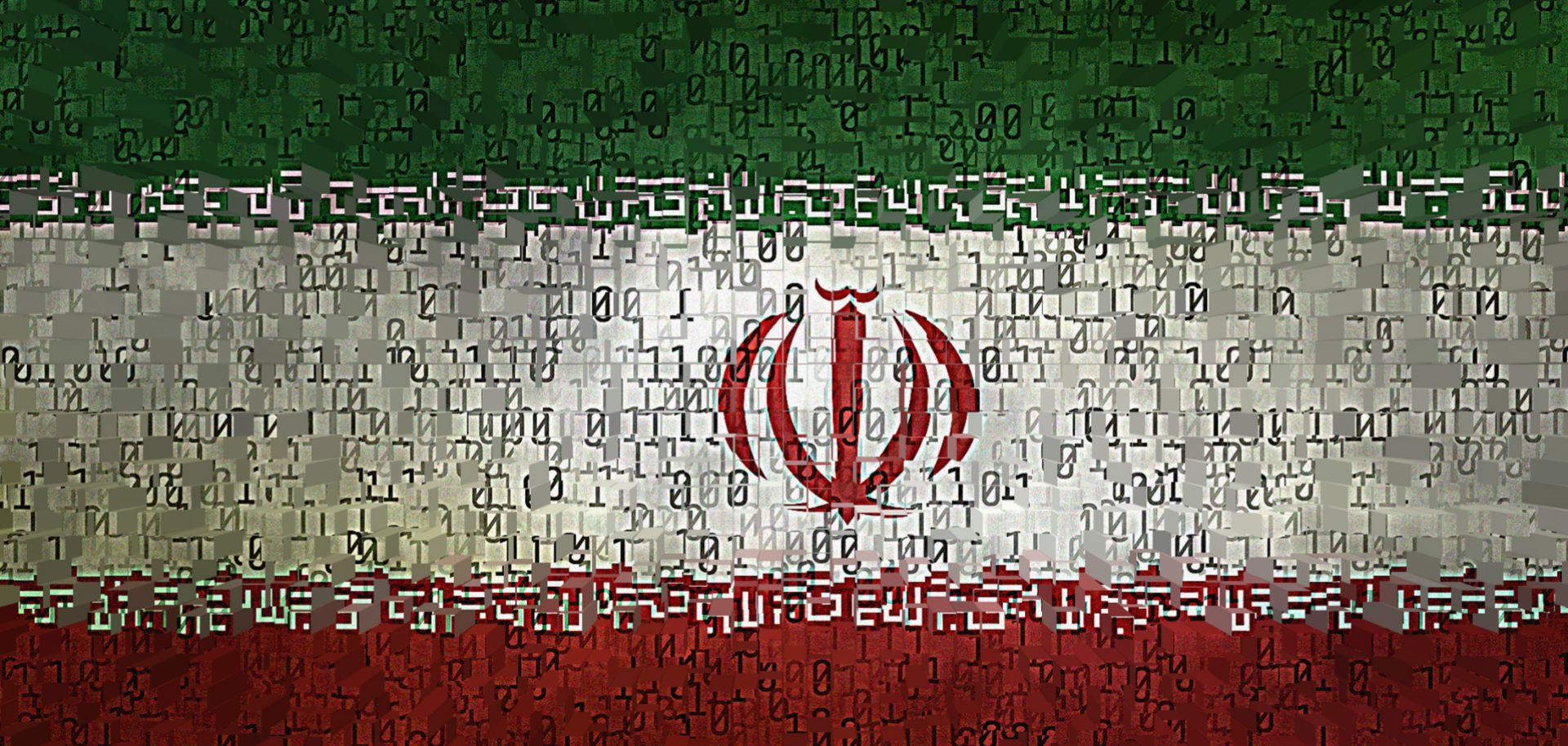COLUMNS
How Iran's Cyber Game Plan Reflects Its Asymmetrical War Strategy

Dec 18, 2018 | 10:00 GMT

While a U.S.-Iranian cyberwar remains unlikely, lower-level attacks by Tehran against government and private companies and organizations are likely to increase.
(Shutterstock images)
Highlights
- In response to sanctions and other measures taken by the United States, Iran will look to retaliate in cyberspace.
- Iran's strategy on the use of physical force provides a gauge of how it will employ cyberattacks.
- Iran will pursue asymmetrical operations instead of a full-on cyberwar, using proxies and sending subtle messages about U.S. vulnerabilities.
Subscribe Now
SubscribeAlready have an account?
